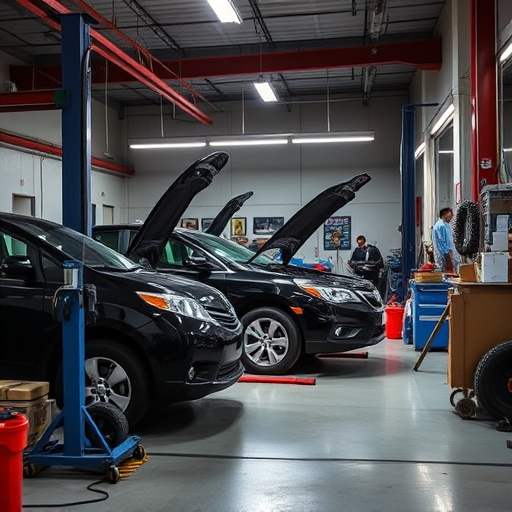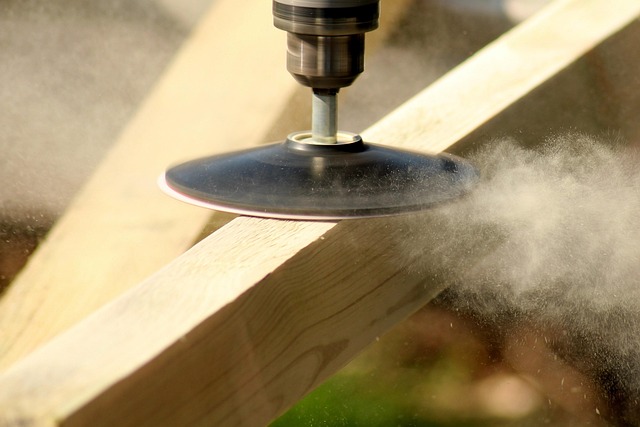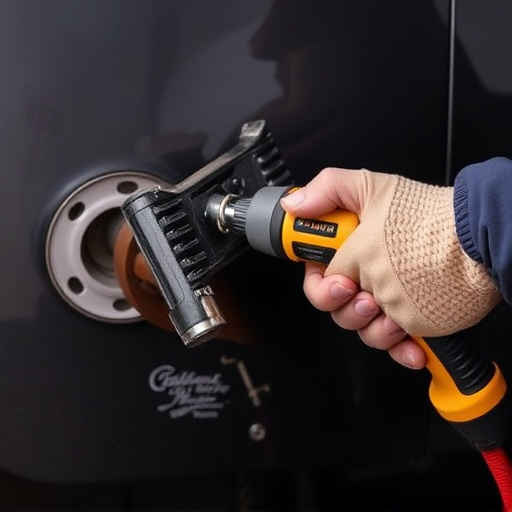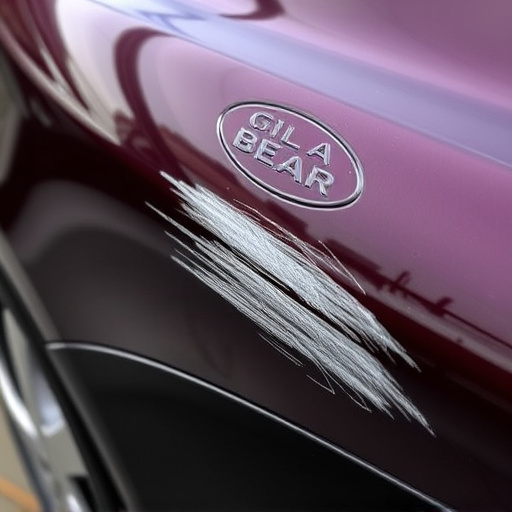Seasonal collision repair businesses thrive by analyzing historical data to predict peak accident seasons, optimizing staffing and resource management accordingly. Dynamic scheduling, flexible staffing models, and modern communication tools enhance efficiency during busy periods, ensuring timely service, customer satisfaction, and competitive edge in the market. Implementing innovative services like paintless dent repair further attracts clients during peak seasons.
In the dynamic landscape of automotive services, effective scheduling is key to thriving during unpredictable seasons. This article explores best practices for managing seasonal collision repairs, focusing on understanding fluctuating demand through trend analysis and peak period planning. We’ll delve into flexible strategies that adapt to changing market conditions and highlight efficient communication systems vital for seamless operations. By implementing these tactics, auto body shops can optimize productivity, enhance customer satisfaction, and navigate the challenges posed by seasonal collision repair demands.
- Assess Seasonal Trends and Peak Demands
- Develop Flexible Scheduling Strategies
- Implement Efficient Communication Systems
Assess Seasonal Trends and Peak Demands

Understanding seasonal trends is key to efficient scheduling for any collision repair business. By analyzing historical data, you can predict peak seasons for certain types of auto accidents and damage. For instance, winter storms may increase demand for fender repairs and auto glass replacement while summer road trips could lead to a surge in vehicle bodywork needs due to collisions with other vehicles or fixed objects.
Anticipating these seasonal demands allows collision repair centers to optimize staffing levels, order necessary parts proactively, and manage resources effectively. This proactive approach ensures that customers experience shorter wait times and higher service quality during peak seasons, fostering customer satisfaction and loyalty.
Develop Flexible Scheduling Strategies

In the realm of seasonal collision repair, flexibility is key. With unpredictable weather patterns and varying accident rates during different seasons, developing adaptable scheduling strategies is essential for automotive repair services to thrive. One effective approach is implementing dynamic staffing models that can adjust to peak demand periods. During winter, for instance, when car dent repairs surge due to snow-related incidents, having a larger team on standby ensures prompt service. Conversely, in quieter spring or autumn months, optimizing resources by offering flexible hours or compressed workweeks can enhance efficiency without overstaffing.
By embracing this flexible mindset, collision repair facilities can better navigate the fluctuations of seasonal demand. They can also foster a more engaged workforce, as employees are provided with varied and balanced work schedules. This strategic planning not only benefits the business but also ensures clients receive timely automotive repair services when they need them most, fostering customer loyalty in the process.
Implement Efficient Communication Systems

In the fast-paced world of seasonal collision repair, efficient communication is key to success. Implementing robust communication systems ensures that every stakeholder involved in the process—from insurance companies and customers to internal teams—is on the same page. This includes utilizing modern tools like dedicated software platforms for scheduling appointments, tracking repairs, and facilitating seamless exchanges of information. Such systems streamline operations, reduce errors, and enhance customer satisfaction by providing real-time updates and transparent communication channels.
By adopting these practices, collision repair centers can effectively manage peak seasons when demand surges. For instance, promoting paintless dent repair services as an efficient and cost-effective alternative to traditional dent removal can attract more customers during busy periods. This proactive approach not only ensures timely service but also showcases the center’s ability to adapt and offer cutting-edge solutions in the competitive market of seasonal collision repair.
By assessing seasonal trends, adopting flexible scheduling strategies, and implementing efficient communication systems, businesses can optimize their operations for seasonal collision repair. These best practices ensure that resources are allocated effectively during peak demands, leading to improved customer satisfaction and enhanced profitability in the ever-fluctuating automotive industry. Incorporating these strategies is key to staying competitive in the market and successfully managing seasonal variations in collision repair services.














